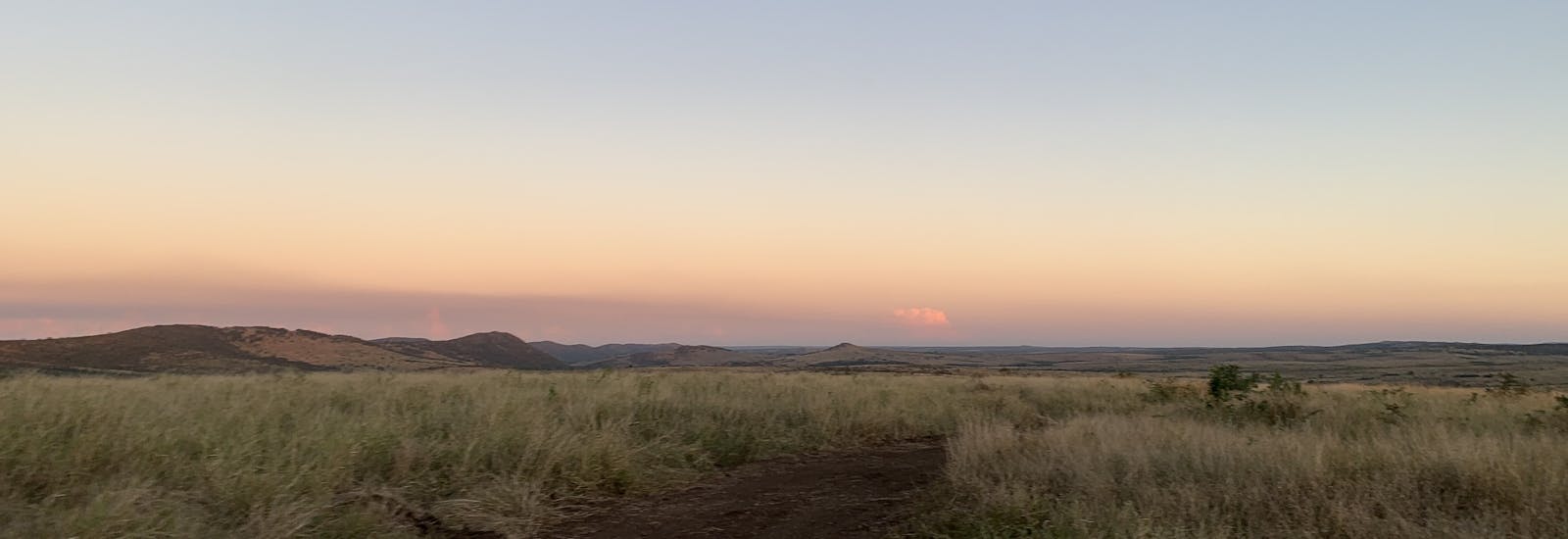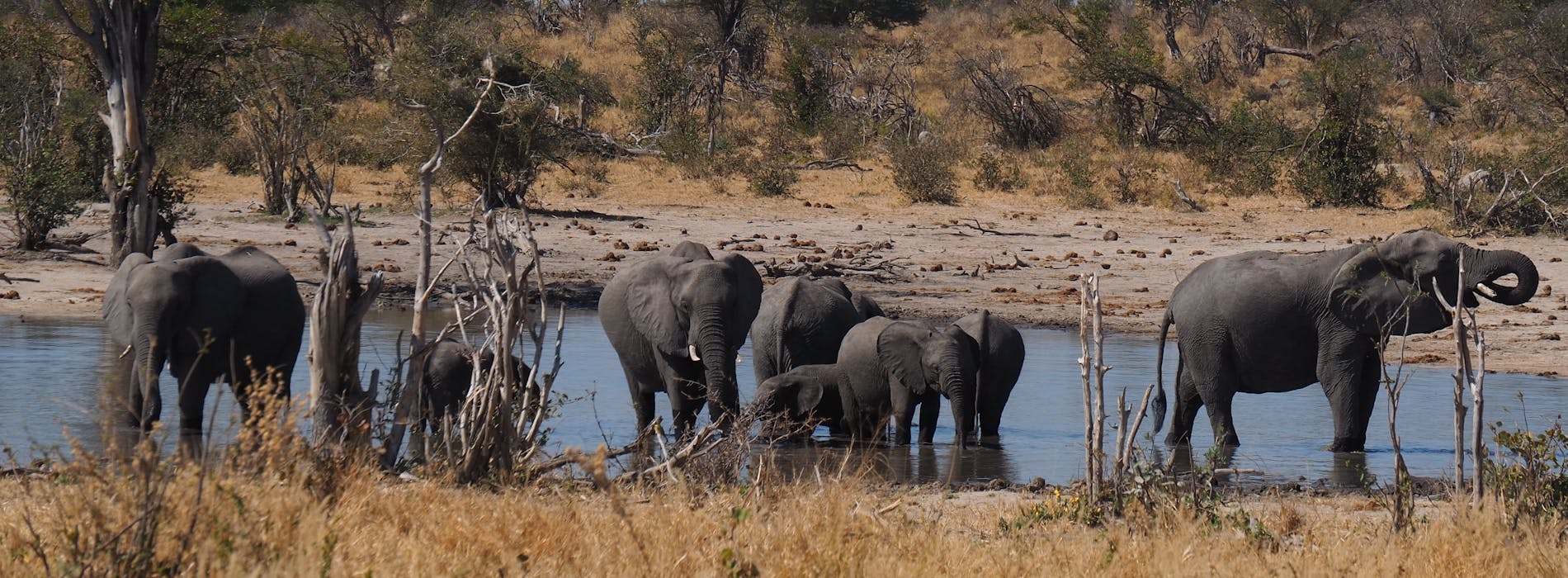
Lizard, thought to be locally extinct, spotted in Harmony Flats Nature Reserve
Our passion for the wildlife and communities of southern Africa drives us to support conservation and community initiatives that cannot be supported in terms of volunteering.
One such initiative that we support is the Harmony Flats Nature Reserve, which is located on the Cape Flats just outside the city of Cape Town, South Africa. Harmony Flats Nature Reserve is one of the 30 nature reserves and natural areas managed by the City of Cape Town. This nine hectare reserve, located on the Cape Flats between Strand and Gordon’s Bay, is home to the critically endangered Lourensford alluvium fynbos. More than 230 plant species can be found on the reserve, of which some are unique to the site and found nowhere else in the world.
Their aim is to build good practice in sustainable management of City nature areas in a way that benefits the surrounding communities, particularly townships where incomes are low and living conditions poor.
We support the Harmony Flats Nature Reserve through financial donations raised partly through placement volunteers. Recent donations have funded the provision of uniforms for local volunteers, helping to give a sense of pride amongst the workers. ACE also recently funded local Casablanca schoolchildren in Cape Town to visit the Two Oceans Aquarium. We are delighted to receive their latest news from the reserve.
Latest News: Lizard, thought to be locally extinct, spotted in Harmony Flats Nature Reserve
A lizard species which was thought to have become locally extinct in the Cape Town area was spotted in Harmony Flats Nature Reserve on 14 September by a group of conservationists and members of the public that were enjoying a Spring Walk.
The Southern Spiny Agama (Agama hispida) is common in the western parts of South Africa, but as Cape Town is on the edge of its habitat range, and due to habitat loss caused by urban development, the lizard is a rarely spotted inhabitant of our city.
The last confirmed record within the boundaries of the city was in Somerset West in 1984. In addition to this there are only a handful of recorded sightings in areas neighbouring the city.
Finding the Southern spiny agama is a reminder of the importance of maintaining green open spaces with indigenous biodiversity in the city. The biodiversity found in Cape Town is unique and irreplaceable, and many of the plants and animals that we have here are found nowhere else in the world. If these spaces disappear, some species will be lost forever.
Harmony Flats Nature Reserve is also an excellent example of how urban biodiversity forms an important part of people’s everyday lives. The commitment of local people, like the Harmony Flats Working Group, helps to ensure that the reserve and the species it supports will remain the treasure it is today for future generations.

